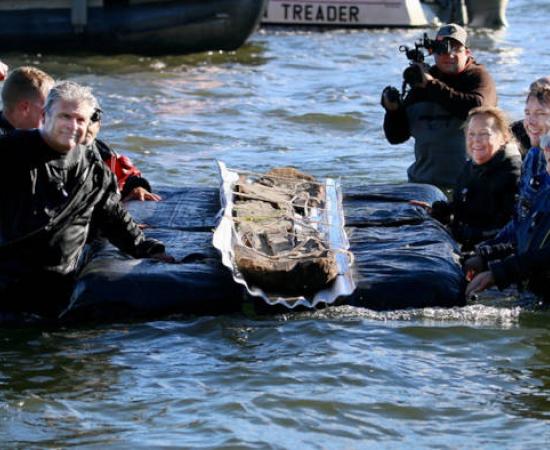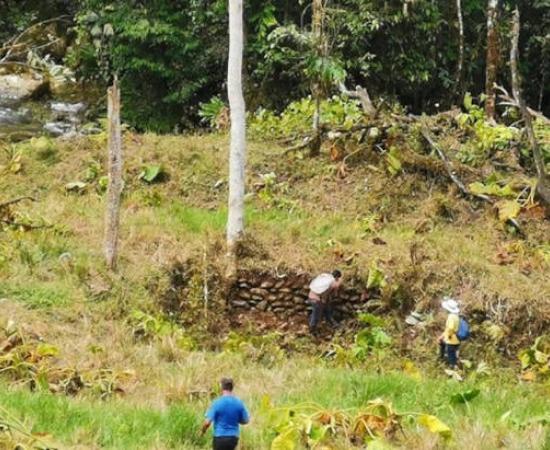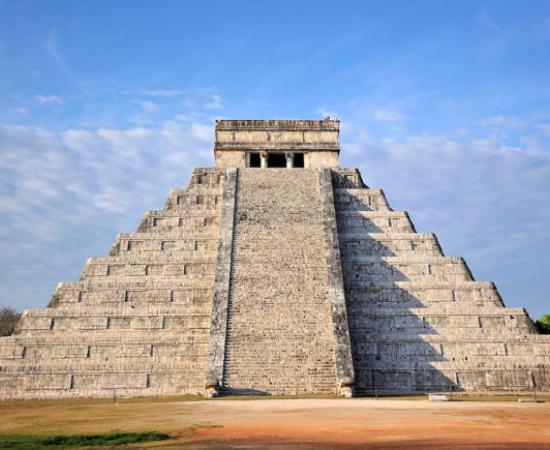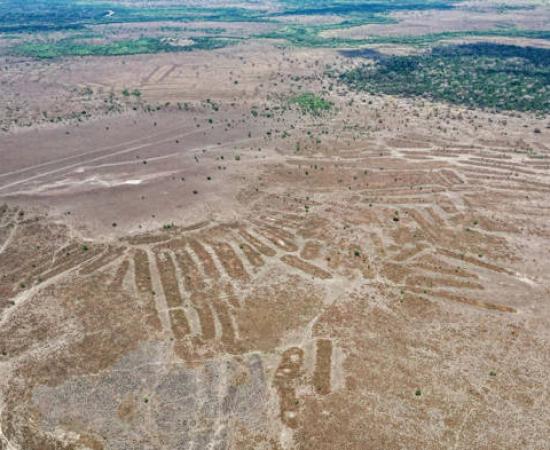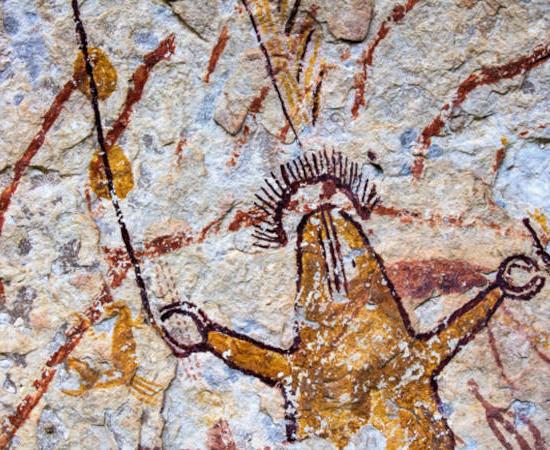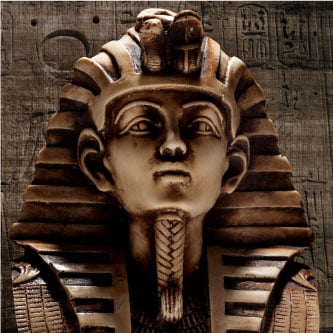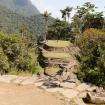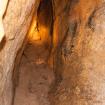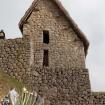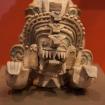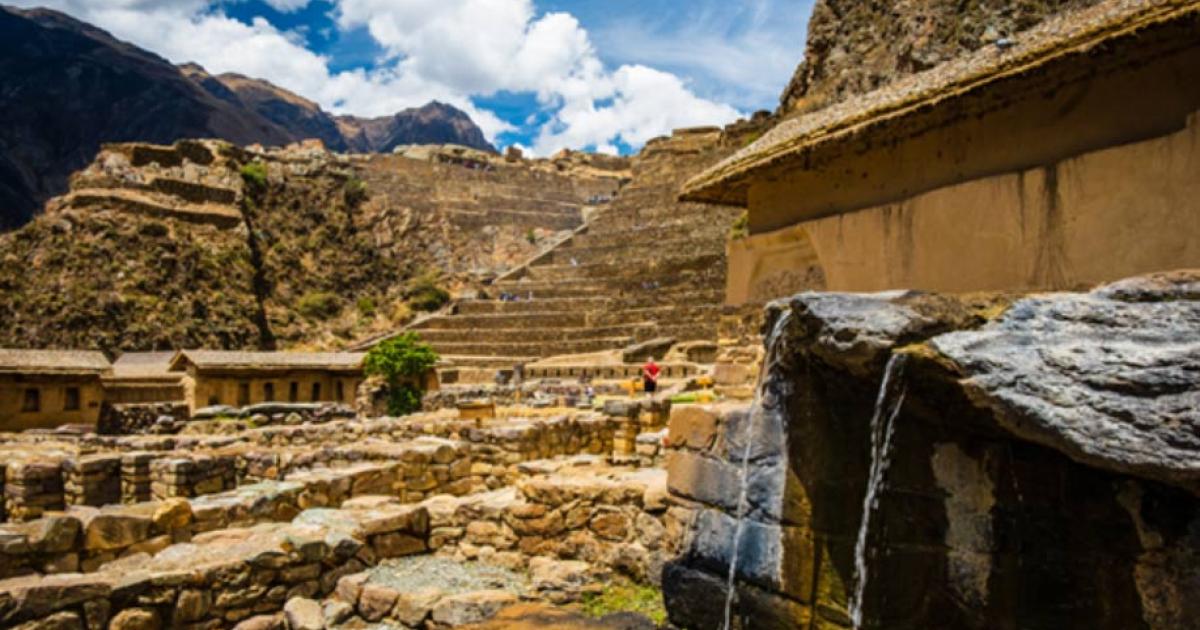
Hidden away in Peru’s Sacred Valley, 2,792 m (9,160 ft) above sea level, lies Ollantaytambo, a powerful reminder of the ingenuity, power, and resilience of the Inca. Famous for its stunning architecture, strategic significance, and fascinating history, this site offers a unique glimpse into the lives and culture of the Inca. From its meticulously constructed terraces to its role as a stronghold during the Spanish conquest, Ollantaytambo remains a vibrant link to a bygone era. While the Inca may have ultimately been defeated by the Conquistadors, Ollantaytambo remains as a symbol of Inca resistance against the colonial invaders.
The Different Eras Of Ollantaytambo-Pre-Inca Period
Long before the Incas came along and conquered it, the region of Ollantaytambo was inhabited by a whole range of different pre-Inca cultures, most notably the Killke people. Archaeological evidence indicates that the region's earliest inhabitants settled the Sacred Valley around 900-1200 AD.
The Killke were known for their agricultural practices, ceramic production, and building of megalithic structures that the Inca later used as the basis for their own works. The Killke utilized the fertile land of the valley for farming, cultivating maize, potatoes, and other essential crops.
Not simply great for farming, Ollantaytambo’s strategic location, right at the convergence of three valleys and in the middle of important trade routes, made it a major settlement long before the Incas arrived. The Killke constructed the initial terraces and irrigation systems, setting the groundwork for the extensive agricultural infrastructure that would later be expanded by the Incas.
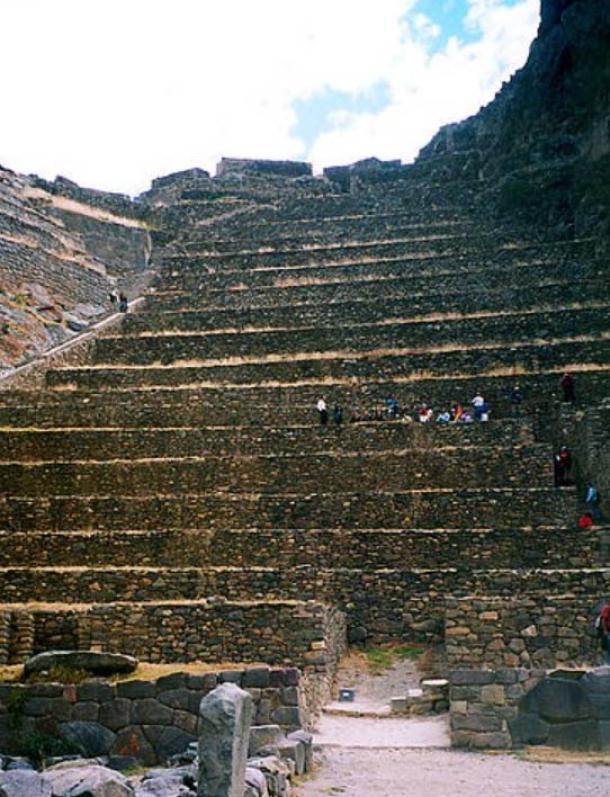
Inca terraces at Ollantaytambo. (Håkan Svensson (Xauxa)/CC BY-SA 3.0)
Evidence of the Killike and other pre-Inca groups can be found in the early construction techniques and pottery remnants scattered throughout the area. These early settlers demonstrated advanced knowledge of agriculture and hydrology, evident in the remnants of canals and terraces that predate Inca modifications.
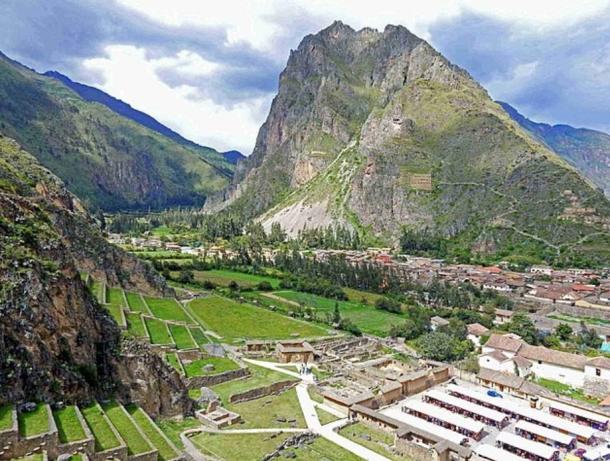
View from the top of the Ollantaytambo Ruins. (Flashpacker Travelguide/CC BY-SA 2.0)
Around the 7th century AD, the region was conquered by the fearsome Wari Empire that grew from Peru's Ayacucho Basin from the 6th century onward. The Wari Empire with its strong military, social complexity, and impressive urban planning soon spread across Peru, swallowing settlements like Ollantaytambo. It was the Waris who built many of the most significant agricultural terraces in the region.
Wari influence, however, was short-lived. Not long after conquering Ollantaytambo they began to fall into decline, creating a power vacuum. In the short term, this led to numerous regional polities rising up, all vying for power. One of these was the Kingdom of Cusco, which would become known as the Inca Empire.
As the Inca Empire expanded, they absorbed the Killke and the other local cultures that had come before, integrating their knowledge and infrastructure into the broader Inca state. This amalgamation of pre-Inca ingenuity with Inca ambition set the stage for Ollantaytambo's transformation into a key administrative, military, and religious center under Inca rule.
Inca Conquest and Development
While the Inca Empire’s rise to greatness began in the 13th century, Ollantaytambo’s transformation didn’t begin until the reign of Emperor Pachacuti during the mid-15th century. Pachacuti was one of the most influential Inca, responsible for a period of massive expansion for the Inca, including turning Ollantaytambo into his royal estate. Recognizing its strategic location and agricultural potential, Pachacuti initiated an ambitious construction project that would reshape the town.
For the Inca, Ollantaytambo was to be both a ceremonial center and a military stronghold. They expanded on the original and built more extensive agricultural terraces, enhancing the original pre-Inca infrastructure. These terraces not only maximized arable land but also prevented soil erosion and managed water efficiently, highlighting the Incas' advanced understanding of agronomy and engineering.
Known as andenes, these terraces also had a secondary function. Ollantaytambo’s strategic location and wealth as a royal estate meant it was both wealthy and in need of protection. The Incas used the terraces as a natural defense mechanism, effectively turning the entire settlement into a fort.
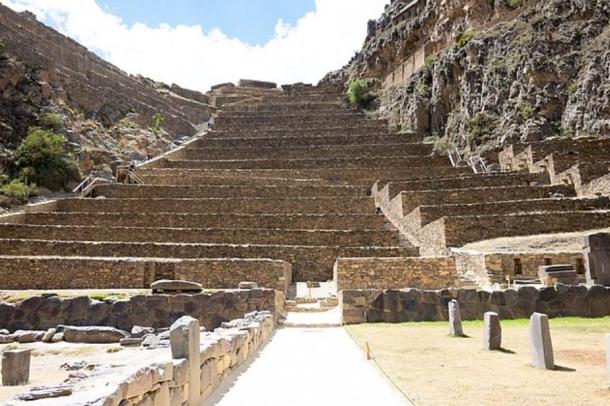
Inca Andenes at Ollantaytambo. (PsamatheM/CC BY-SA 4.0)
Part of this effort was the creation of an intricate water management system. Made up of baths, aqueducts, and man-made water channels crisscrossing the town, it provided the town’s farms and residents with a steady, clean water supply. Amazingly much of this system is still operational.
The Inca were master city planners, and the town’s layout reflects this. Ollantaytambo was split into canchas, or blocks, each consisting of multiple households organized around a central courtyard. This thoughtful design allowed efficient water distribution via the above-mentioned water management system that channeled water from local streams and rivers.
One of the most impressive structures at Ollantaytambo built during this period is the Temple of the Sun, built on top of the Temple Hill, often referred to as the Fortress thanks to how it imposes on the rest of the town.
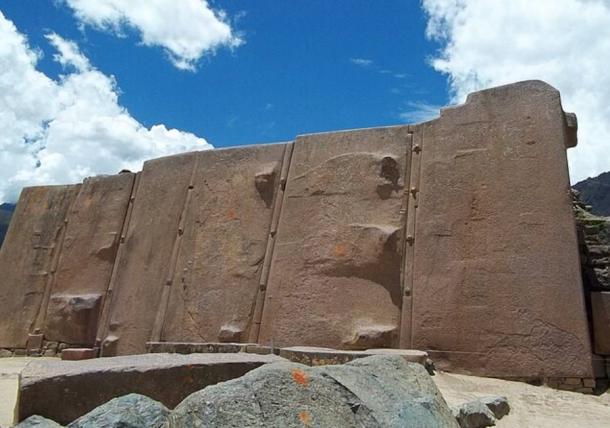
Ruins of the ancient temple of the Sun in Ollantaytambo. (Jofrigerio/CC BY-SA 3.0)
Accessed by a series of stairs, Temple Hill is divided into three sections - The Middle, Temple, and Funerary. Unfinished, the temple is made of massive stone blocks, some of which weigh several tons, meticulously cut, and fitted together without the use of mortar. The precision of the stonework, with interlocking shapes and minimal gaps, exemplifies the Incas' extraordinary craftsmanship and architectural prowess.
Why the temple was never finished is unknown. Some of the blocks look like they were removed from a finished structure, suggesting the site was undergoing a major renovation when it was abandoned. Some historians believe either the war of succession between Huascar and Atahualpa or the Spanish conquest of Peru interrupted the works at the temple site. Others believe much of the temple is actually the work of an earlier culture, the Tiwanaku.
During their stay in Ollantaytambo, the Inca also built several impressive storehouses known as qullqas up in the hills that surround Ollantaytambo. In these high altitudes, the chill winds and lower temperatures helped keep the contents fresh and protected against decay. Impressively, these stores utilize ventilation systems. It’s believed they were used to store the produce grown on the terraces, ready for transport across the empire.
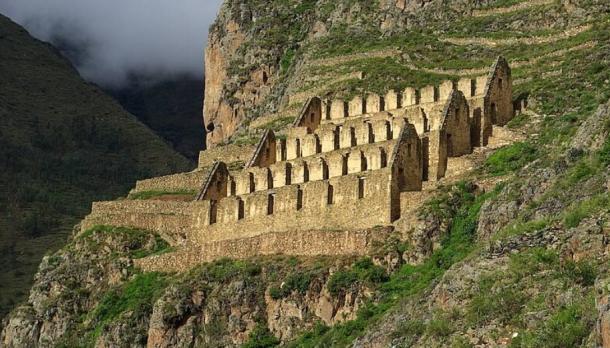
Inca storehouses, qullqas, above Ollantaytambo (Stevage/CC BY-SA 3.0)
Ollantaytambo was also a hub for administration and control over the Sacred Valley. The Inca built roads to connect the town to other important sites like Machu Picchu in the west and Pisaq in the east. For defense, the town mostly relied on its multitude of terraces, which formed a man-made barrier. At some point before the Conquistadors attacked, the Inca also channeled the river Urubamba so that it crossed the valley from right to left and back, forming two more lines of defense.
For the Inca, Ollantaytambo held important religious, agricultural, and administrative functions. With the arrival of the conquistadors and the fall of Cusco, it would only become more important, its location at the confluence of three valleys made it a natural defensive stronghold and the perfect place for a last stand.
War with Conquistadors, Resistance, and Spanish Conquest
The arrival of the Spanish conquistadors meant major changes were coming for Ollantaytambo. Following the fall of the Inca capital, Cusco, in 1533, the Inca resistance, led by Manco Inca Yupanqui, fled to Ollantaytambo. Once there, they focused their efforts on turning the settlement into a fortress capable of stalling the Spanish advance.
In 1536, one of the most notable confrontations took place when Manco Inca launched a counter-offensive against the Spanish from Ollantaytambo, leading to the 1537 Battle of Ollantaytambo. Manco’s forces made the most of Ollantaytambo’s strategically advantageous location, terrain, and infrastructure. They flooded the surrounding plains by diverting the Patacancha River, which hindered Spain’s deadly cavalry.
The high terraces and fortress walls provided defensive strongholds, allowing the Inca warriors to repel Spanish attacks. As the Spanish struggled to cross the river and attack the terraces, the Inca rained down arrows, slingshots, and boulders on their foreign enemy.
During their counterattack, the Inca utilized weapons they had captured from the Spanish, including their superior swords and armor. According to reports, they even managed to capture a Spanish horse, which Manco himself rode into battle.
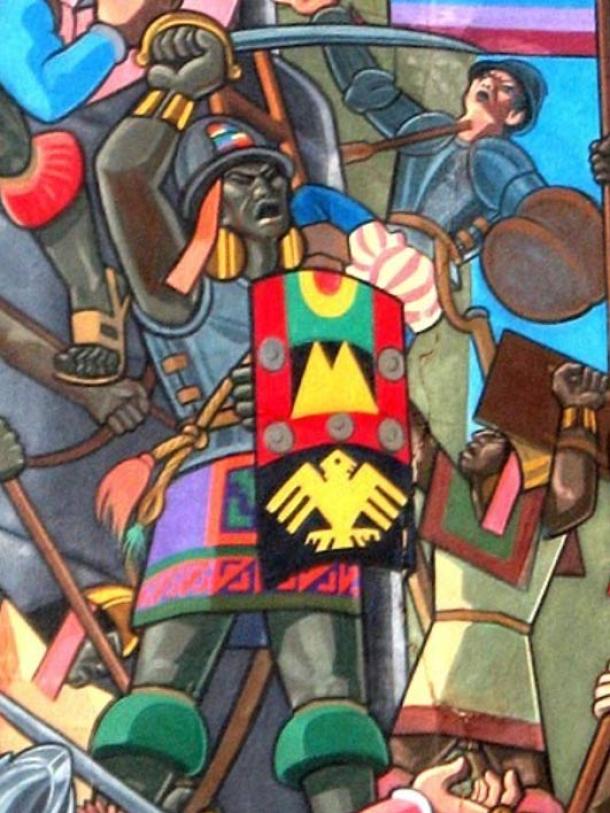
Manco Inca leading the rebellion, detail of painting by Juan Bravo, in the municipality of Cuzco. (Juan Bravo/ CC BY-SA 3.0)
The Spanish forces, led by Hernando Pizarro, were ultimately forced into an embarrassing retreat. At night, the Spanish fled the battle, fleeing all the way back to Cusco with Manco and his men nipping at their heels.
Sadly, this Inca success was short-lived. The victory made Manco overconfident, and he decided to launch an assault on Cusco itself. The Spanish got wind that Inca forces were massing near the city and led a devastating night raid, inflicting heavy Inca casualties. The Spanish then regrouped with newly returned forces from Chile and went back on the offensive.
Realizing the vulnerability of Ollantaytambo, Manco Inca and his followers eventually withdrew further into the jungle stronghold of Vilcabamba, continuing their resistance from there. The Spanish eventually took control of Ollantaytambo, incorporating it into their expanding colonial territories.
As for Manco, he established the Neo-Inca State at Vilcabamba. After surviving countless guerrilla battles against the Conquistadors, he was murdered in 1544 in Vitcos. He was betrayed by supporters of the Spanish leader Diego de Almagro, whom he had taken under his protection. The Inca carried on until the eventual capture and execution of their final emperor, Tupac Amaru, in 1572.
Post-Conquest Changes
The Spanish conquest led to Ollantaytambo undergoing a significant transformation. The Spaniards wasted little time in imposing their culture, religion, and administrative systems, profoundly altering the town's structure and function in the process.
Despite the initial destruction and repurposing of Inca buildings, the site retained much of its original architectural integrity. One of the most obvious changes was the building of new religious buildings. The Spaniards had several churches and chapels built atop, or near, significant Inca structures - symbolizing the imposition of Christianity over local pagan beliefs. This included the construction of a church on the main plaza, which became a focal point for colonial religious activities.
A new administrative system was also brought in. The encomiendas were established, which granted Spanish colonists’ control over local indigenous labor and resources. This disrupted traditional Inca agricultural practices and social structures, leading to a decline in the local economy and changes in land use. However, the resilience of the indigenous population ensured that many Inca agricultural techniques and crops continued to be cultivated.
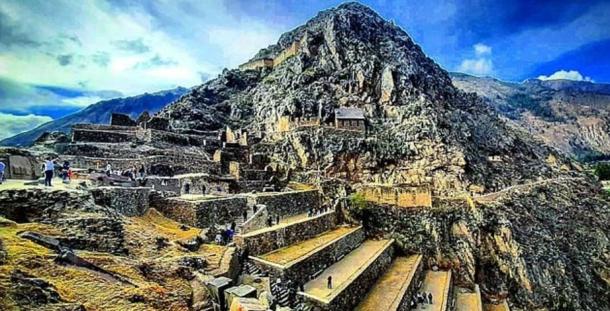
Aerial view of Ollantaytambo. (EdsonFuentesMera/CC BY-SA 4.0)
Despite these forced changes, the Inca terraces and irrigation systems survived thanks to their robust construction. They became indispensable to the Spanish who relied on them for their agricultural productivity. The terraces continued to be used for farming, and the sophisticated water management systems were maintained to support the new colonial agricultural economy.
Ollantaytambo’s strategic location remained as important as ever. Throughout the colonial period, it served as a stopover on the route between Cusco and the Vilcabamba region, where the last Inca stronghold persisted until 1572. The town's infrastructure facilitated the movement of goods and people, contributing to its economic relevance.
Culturally, the Spanish conquest introduced new artistic and architectural styles that blended with indigenous traditions to create a unique mestizo culture. Festivals and religious ceremonies incorporated elements of both Spanish and Inca practices, reflecting a complex cultural synthesis.
Conclusion
Ollantaytambo stands as a remarkable example of the ingenuity and resilience of the Inca civilization. Its multifaceted significance as an agricultural hub, military stronghold, religious center, and administrative site underscores its importance within the Inca Empire.
The site's advanced engineering and architectural achievements, coupled with its strategic location, highlight the Incas' sophistication. Despite the upheavals brought by the Spanish conquest, Ollantaytambo's enduring legacy offers invaluable insights into the Inca way of life. Today, it remains a vital link to Peru's rich cultural heritage and a must-visit destination for those exploring the ancient wonders of the Inca world.
Top image: Ollantaytambo aerial view, sacred valley in the Andes, Peru. Source: Michele/Adobe Stock
Ollantaytambo stands out for its exceptional Inca engineering, serving as a testament to their advanced architectural skills and strategic prowess. Its historical significance lies in its role as a fortress that resisted the Spanish conquistadors, making it a vital part of Peru's cultural heritage and a must-visit destination for travelers.
The Sacred Valley is located in the Andes Mountains of Peru, near the modern-day city of Cusco. It stretches along the Urubamba River, between the towns of Pisac and Ollantaytambo, and is renowned for its stunning landscapes, Inca ruins, and Indigenous communities.
The qullqas of Ollantaytambo served as storage facilities or warehouses. These structures, located in the hills surrounding Ollantaytambo, were used by the Inca to store agricultural produce, such as maize and potatoes, as well as other goods like textiles and tools. The high altitude and cool temperatures of these qullqas helped preserve the stored items, ensuring a steady food supply for the Inca and facilitating trade within the empire.



